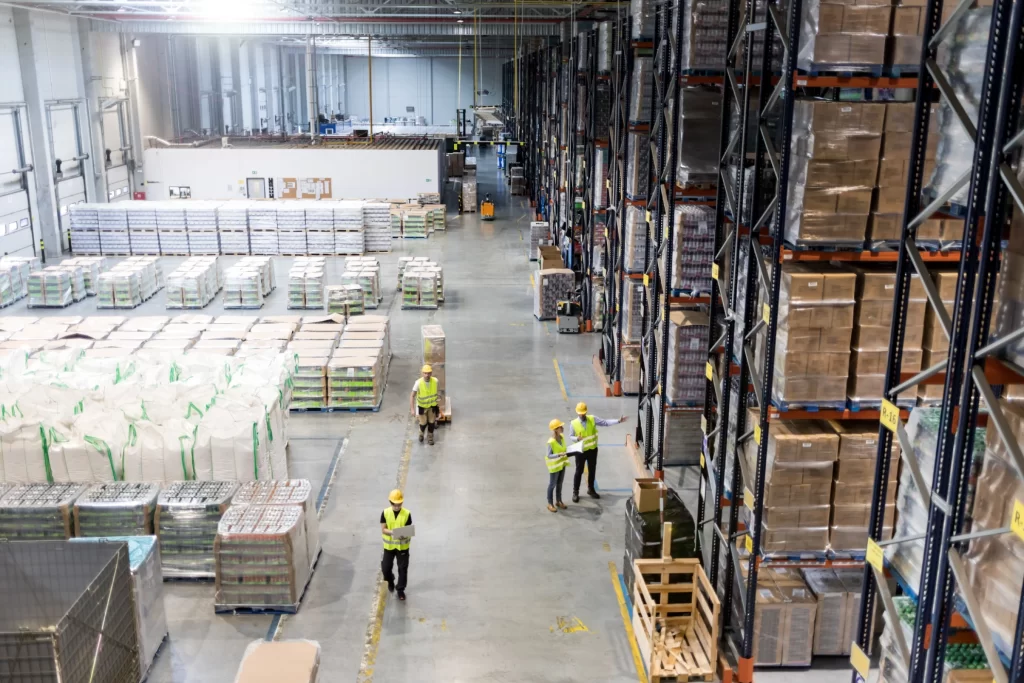Having an accurate inventory in your warehouse is a must, which is why you need to make sure your 3PL provider does random cycle counts to make sure your product is not missing or out of code date. A cycle count is a sampling technique that involves counting some items and using those numbers to estimate how many of each item there are in the whole warehouse. Cycle counts save time and money and keep the warehouse inventory accurate.
As an E-commerce business owner, having accurate inventory in your warehouse is crucial to meeting customer demands and managing costs. This is where cycle counts come in – a sampling technique that allows you to randomly count some items and use those numbers to estimate the quantity of each item in your entire warehouse.
Cycle counts are a cost-effective and time-saving alternative to full physical inventory counts, which can be time-consuming and disrupt daily operations. They also provide a more accurate picture of your inventory levels, reducing the risk of stockouts, overstocking, and wasted resources.
So how do cycle counts work? Instead of counting all items in your warehouse at once, cycle counts involve counting a subset of items at regular intervals, typically weekly or monthly. The items to be counted are chosen randomly, ensuring that each item has an equal chance of being selected. This random sampling helps to detect and correct errors or discrepancies in the inventory, such as missing or misplaced items or products that have expired.
Cycle counts are also beneficial for identifying and correcting operational issues in your warehouse. By tracking and analyzing the results of cycle counts over time, you can identify patterns and trends that may indicate issues with your inventory management processes. For example, if certain products consistently show a discrepancy in the counts, it may be a sign of poor tracking or handling practices that need to be addressed.
When working with a third-party logistics (3PL) provider, it’s important to ensure that they perform regular cycle counts to maintain the accuracy of your inventory. Your 3PL provider should have established procedures for conducting cycle counts and should be transparent in sharing the results with you. This not only helps you to maintain inventory accuracy but also provides a level of accountability and transparency in your business relationship.
In addition, cycle counts can help to reduce the risk of loss or damage to your inventory. By identifying and correcting errors or discrepancies in your inventory on a regular basis, you can minimize the risk of stockouts or overstocking, which can lead to lost sales or increased carrying costs.
In conclusion, cycle counts are a valuable tool for any E-commerce business that wants to maintain accurate inventory levels, reduce costs, and provide better customer service. By implementing a cycle count program and working with a reliable 3PL provider, you can ensure that your warehouse inventory is always up-to-date and in compliance with industry standards. With accurate inventory levels, you can focus on growing your business and delivering top-quality products and services to your customers.




